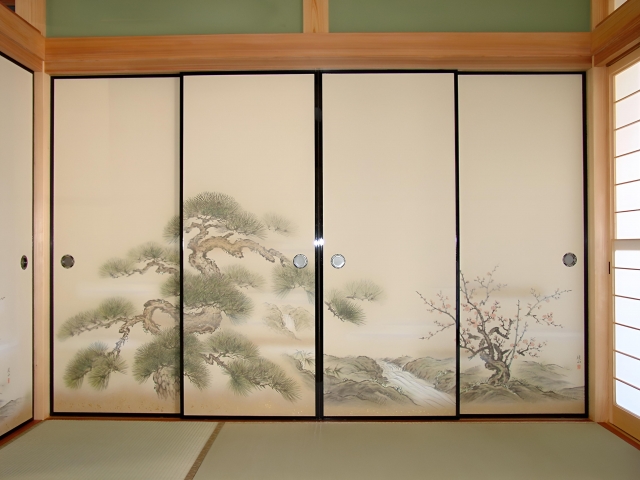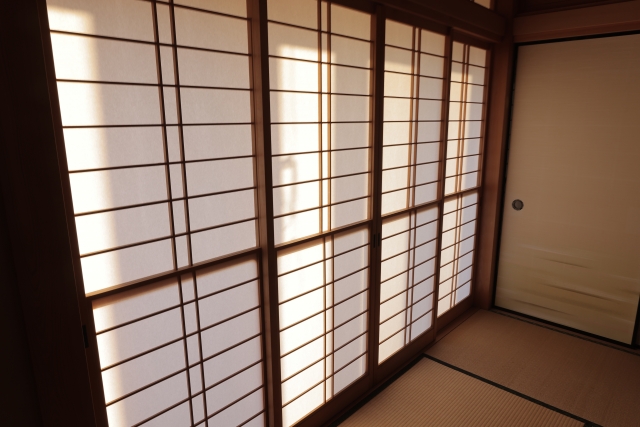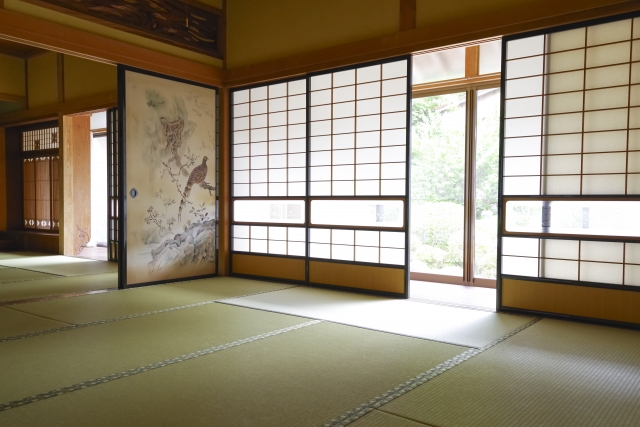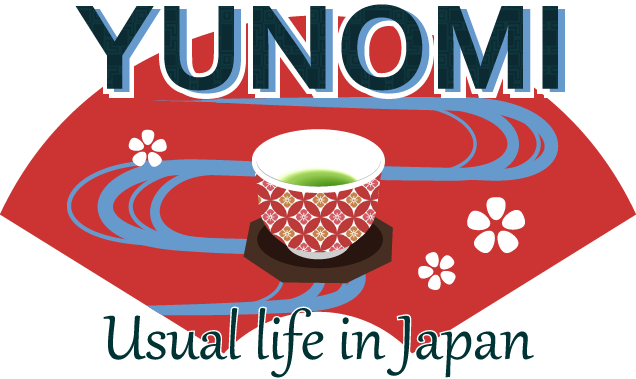Traditional Japanese rooms are defined by sliding doors—especially fusuma and shoji.
They may seem similar at first glance, but each plays a very different role. Fusuma shape space; shoji shape light.
Understanding them offers a deeper look into how Japanese homes balance practicality, beauty, and harmony with nature.
What Makes Japanese Sliding Doors Unique?

Unlike Western hinged doors, Japanese homes traditionally rely on sliding doors that move quietly along wooden tracks.
Their lightweight construction, natural materials, and flexibility reflect core Japanese aesthetics—simplicity, softness, and adaptability.
Fusuma vs Shoji: The Key Differences
| Fusuma | Shoji | |
|---|---|---|
| Appearance | Opaque panel (no light passes through) | Translucent washi that diffuses light |
| Main purpose | Divide rooms / create privacy | Soften natural light / cover windows |
| Material | Wooden frame + thick washi or cloth | Wooden lattice + thin washi paper |
| Light | Blocks light completely | Gently brightens the room |
| Placement | Interior partitions | In front of windows / veranda |
| Design | Often decorated with paintings | Simple white lattice |
Fusuma: Sliding Panels That Shape Interior Space

Fusuma are thick, opaque sliding doors used to partition rooms.
Their wooden frame is covered with durable washi or cloth, allowing them to act almost like movable walls.
Historically, fusuma were canvases for traditional Japanese painting—landscapes, ink wash art, and seasonal motifs.
Entire rooms could be transformed by the artwork on their panels.
Why Fusuma Works So Well
- Provides privacy and sound reduction
- Regulates humidity thanks to breathable washi
- Helps insulate rooms during winter and summer
- Allows flexible room layouts—open or closed
Shoji: Letting Light Breathe Into the Room

Shoji consists of thin, translucent washi paper attached to a wooden lattice.
Instead of creating walls, shoji filters daylight, filling rooms with a gentle, calming glow.
What Makes Shoji Special
- Softly diffuses harsh sunlight
- Allows natural ventilation through breathable washi
- Brightens the room without direct glare
- Maintains privacy while still bringing in light
The light behind shoji is one of the signature aesthetics of Japanese interior spaces—quiet, warm, and atmospheric.
The Cultural Meaning Behind Fusuma & Shoji

Together with tatami flooring, fusuma and shoji form the foundation of the washitsu (Japanese-style room).
Their natural materials shift with the seasons, helping rooms stay cool in summer and warm in winter.
Most importantly, they reflect the Japanese philosophy of living with nature—embracing light, air, and the beauty of impermanence.

